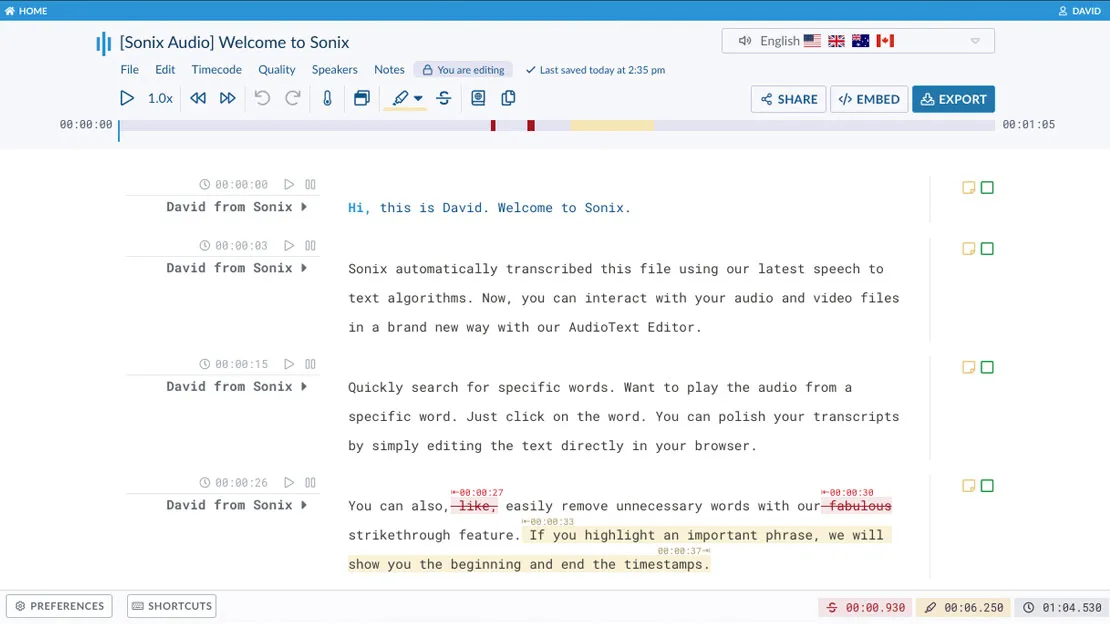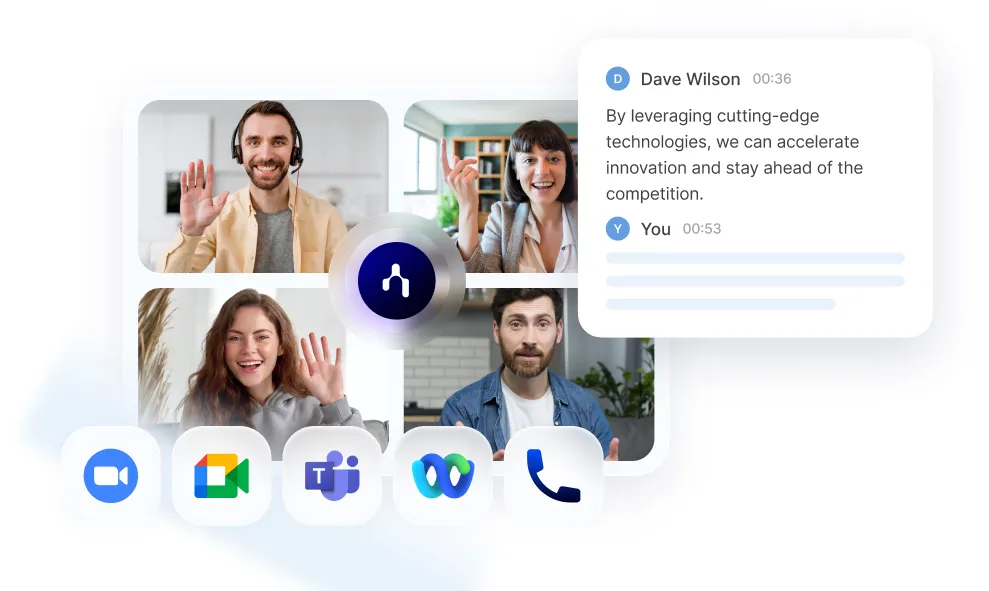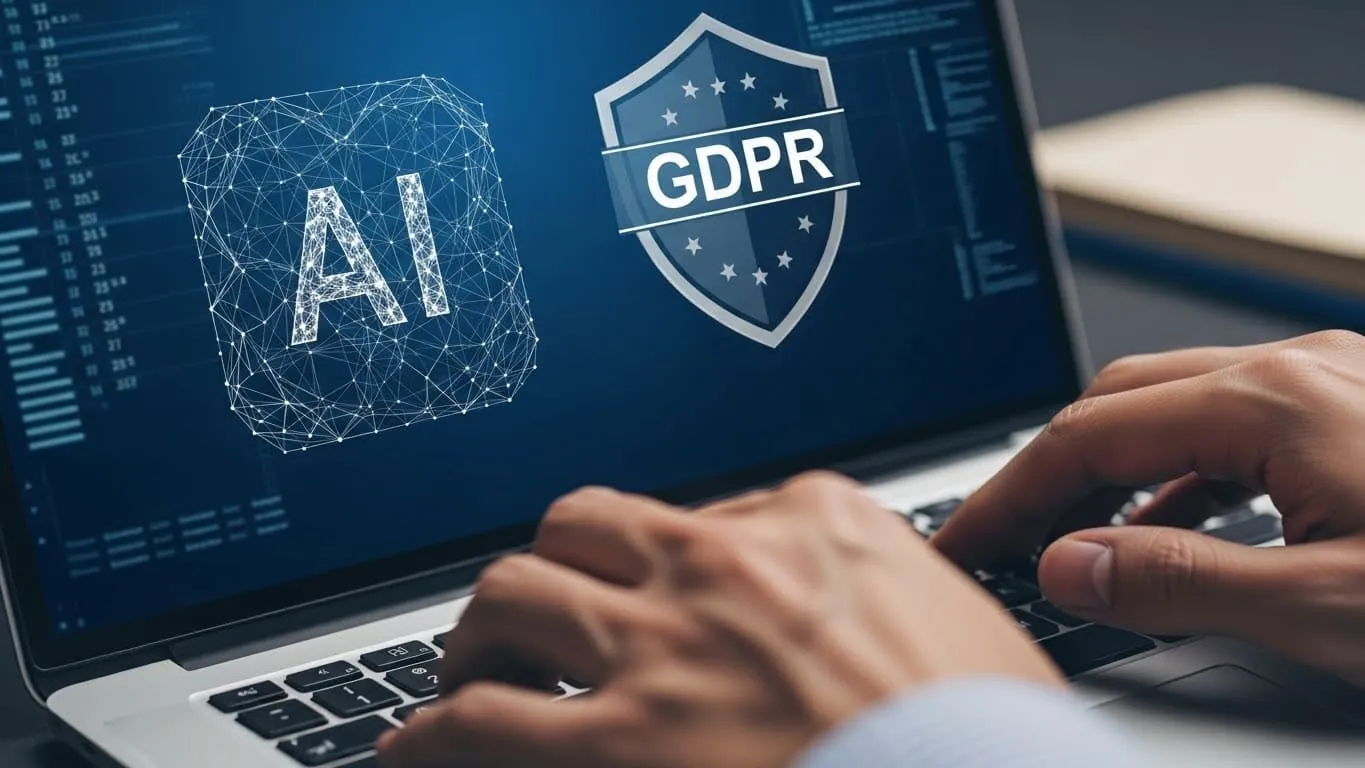Sonix Review & Alternatives

Get the work done for any meeting
Meeting transcription, AI custom notes, CRM/ATS integration, and more
Sonix promises to take turn any speech into clean, searchable text you can actually use.
But with so many AI transcription tools now available, you might be wondering: Is Sonix still worth it? How does it perform compared to newer alternatives?
In this article, you’ll find a complete, no-fluff review of Sonix + best alternatives
What are Sonix’s unique features

Core capabilities
Right off the bat, Sonix offers the ability to automatically transcribe both audio and video files into text. You upload your file (wav, mp3, m4a, video formats), select the language, and the AI engine returns a transcript.
Sonix supports many languages (over 40 + depending on how you count) so you’re not locked to English only. It also supports features like automatic punctuation, speaker-separation (in many cases), synced audio-text highlighting so you can click on a text fragment and hear the corresponding audio.
Additional functions
Beyond straight transcription, Sonix adds layers of value.
- It offers automated translation of transcripts into other languages.
- It also supports subtitle generation—if you have video content that needs captions or embedding on websites, Sonix can output SRT/VTT files and customise subtitles (font, timing, burn-in) for you.
- AI-analysis of transcripts. This includes automated summaries, topic and theme detection, sentiment analysis, even “confidence scores” that tell you how sure the system is about specific sentences. So rather than simply giving you a wall of text, Sonix positions itself as turning the content into insights.
Workflow & export flexibility
From a practical workflow standpoint for you, Sonix is built to flex into how you already work rather than forcing a rigid process. You can upload files from local drive, Dropbox, Google Drive, or even links (in some cases).
Once the transcript is generated, you get an in-browser editor where you can review, edit text (often while listening to the audio), search the transcript, highlight key passages, and make exports.
Export formats are generous: Word (docx), plain text, SRT/VTT for subtitles, CSV for data, and possibly integration into video editing workflows (for editors) or into your content workflow.
Sonix also provides team collaboration features: you can invite collaborators, assign editing permissions, organise folders, link to your workflow via integrations like Zapier, Google Drive, Dropbox, and so on.
For you and your professional use, this means less friction: You upload once, the system transcribes, you edit a little, share or export to where your workflow continues. No multiple tools just for transcription.
Security, scalability & business readiness
If you’re using transcription in a professional setting—meetings with clients, confidential discussions, or regulatory content—you’ll value this part. Sonix emphasizes end-to-end encryption, adherence to data-protection standards, and enterprise-grade security.
Scalability is built in: the platform handles large volumes of audio/video, multiple users, team management, and enterprise-style needs (folders, billing tracking, usage). That means, whether you're doing one meeting or hundreds, Sonix is positioned to scale.
How good is Sonix transcription

how reliable is it for your work? For Sonix, the short answer is: pretty strong — but with some caveats you should know.
Accuracy & user-experiences
Many users report high accuracy rates when using Sonix. On the review platform Software Advice, for example, one user states:
“AI does nearly 95 % accurate work, even in German, not only English.”
Similarly, on G2 the feedback includes:
“Sonix Speech2Text is extremely accurate, easy to use. Even less clearly spoken recording with some background noise are surprisingly good…”
Sonix also claims to have ranked highest in an independent comparison of automated transcription services in terms of accuracy.
So if you provide decent audio quality, with clear speech and minimal overlap, you can expect very good transcription output.
Speed and performance
For you and your team, turnaround time matters. Sonix’s own data suggests that the platform processes audio quite fast: for example, a file that’s 10 minutes long may be transcribed “in under a couple of minutes” given good conditions.
User comments echo this:
“The uploading of the audio files works fairly quickly, as well as, the transcription.”
Speed like this means fewer delays between meeting/audio capture and your ability to act on the transcript.
Strengths you’ll appreciate
- Works well with multiple languages and accents. Many users highlight that Sonix handled non-native speakers and different languages with fewer corrections required.
- Strong interface: post-transcription editing, exporting, syncing audio & text all make your work easier. For example, a user said: “The way you can play audio as you go through the text or click on any part of the text to hear the audio is amazing.”
- Useful when your audio quality is good: clear mic, minimal background noise, one speaker at a time.
Limitations worth noting
- Accuracy drops when conditions worsen: multiple speakers overlapping, heavy accents, background noise—or poor recording devices. For example, TechRadar noted:
“Not the most accurate solution, but it is quick and the interface is very straightforward.”
- Live or real-time transcription may be limited or not as robust. Some reviews point out that Sonix is optimized for uploaded files rather than live meeting streams.
- Even with high accuracy, you’ll likely need to review/edit the transcript. Ideal conditions may yield 90-95%+ accuracy but rarely 100%. One user noted:
“It consistently gets us about 90% of the way there… then we start editing it to get it to 100%.”
Sonix Pricing
Sonix offers a tiered pricing structure designed to match different usage patterns:
- Standard (Pay-as-you-go): You don’t pay a monthly fee; you simply pay based on the length of your audio/video upload. According to Sonix, you only pay per hour of audio/video you upload.
- Premium (Subscription + usage fee): If you’re transcribing regularly and want collaboration/team features, the Premium plan includes a base monthly (or annual) fee + a reduced per-hour transcription rate. For example: $22 per user/month + $5 per hour of transcription.
- Enterprise (Custom): For large organisations with high volume, custom integrations, advanced admin/security controls—Sonix offers bespoke pricing.
New users can also get a free trial of ~30 minutes.
Here’s what your costs break down into:
- Per-hour transcription fee: The main cost driver in the Standard model. Sonix clearly states the fee is based on the length of the uploaded audio/video, not how long it takes to process.
- Subscription fee (Premium and above): If you go with the Premium plan, you pay a recurring monthly fee (e.g., $22/user) for collaboration features, team storage, API access, etc.
- Additional feature costs: Translation, subtitle alignment, burn-in, and other advanced capabilities may incur extra charges.
- Storage & team/user management: In higher tiers you also pay for added storage, user seats, admin controls, etc.
Best Sonix Alternatives: Noota

Sonix is a robust transcription platform — but it may not cover everything you need. Perhaps your meetings require:
- Real-time capture and integration with live meetings rather than only file uploads.
- Deeper automation: extracting action items, decisions, and pipeline metadata rather than just text.
- Stronger workflow alignment: meeting summaries that plug directly into your CRM, ATS, or project system.
- Better team-collaboration or multilingual support at the level you require.
If any of the above describe your pain points, then exploring alternatives makes sense. For example, the article “5 Best Sonix Alternatives in 2025” points to tools like Otter.ai, Trint — and implicitly suggests that Sonix might not be the perfect fit for every workflow.
Here’s where Noota comes in :
- It offers real-time meeting capture: “Join any online meeting with one click; capture, transcribe and summarize in real time.”
- It supports over 60 languages and claims “less than 1% error” in its speech-to-text model.
- It automatically generates structured notes, decision logs and assigned next-steps — turning meetings into actionable records.
- It integrates with your workflow stack: calendar, conferencing (Zoom, Meet, Teams), CRM/ATS, and more.
In short: where Sonix gives you a very good transcript, Noota gives you the meeting asset — the text + structure + actions.
TRY NOOTA FOR FREE NOW
Get the work done for any meeting
Meeting transcription, AI custom notes, CRM/ATS integration, and more
Related articles

Forget note-taking and
try Noota now
FAQ
In the first case, you can directly activate recording as soon as you join a videoconference.
In the second case, you can add a bot to your videoconference, which will record everything.
Noota also enables you to translate your files into over 30 languages.

.svg)
.svg)
.webp)

.png)


.svg)
